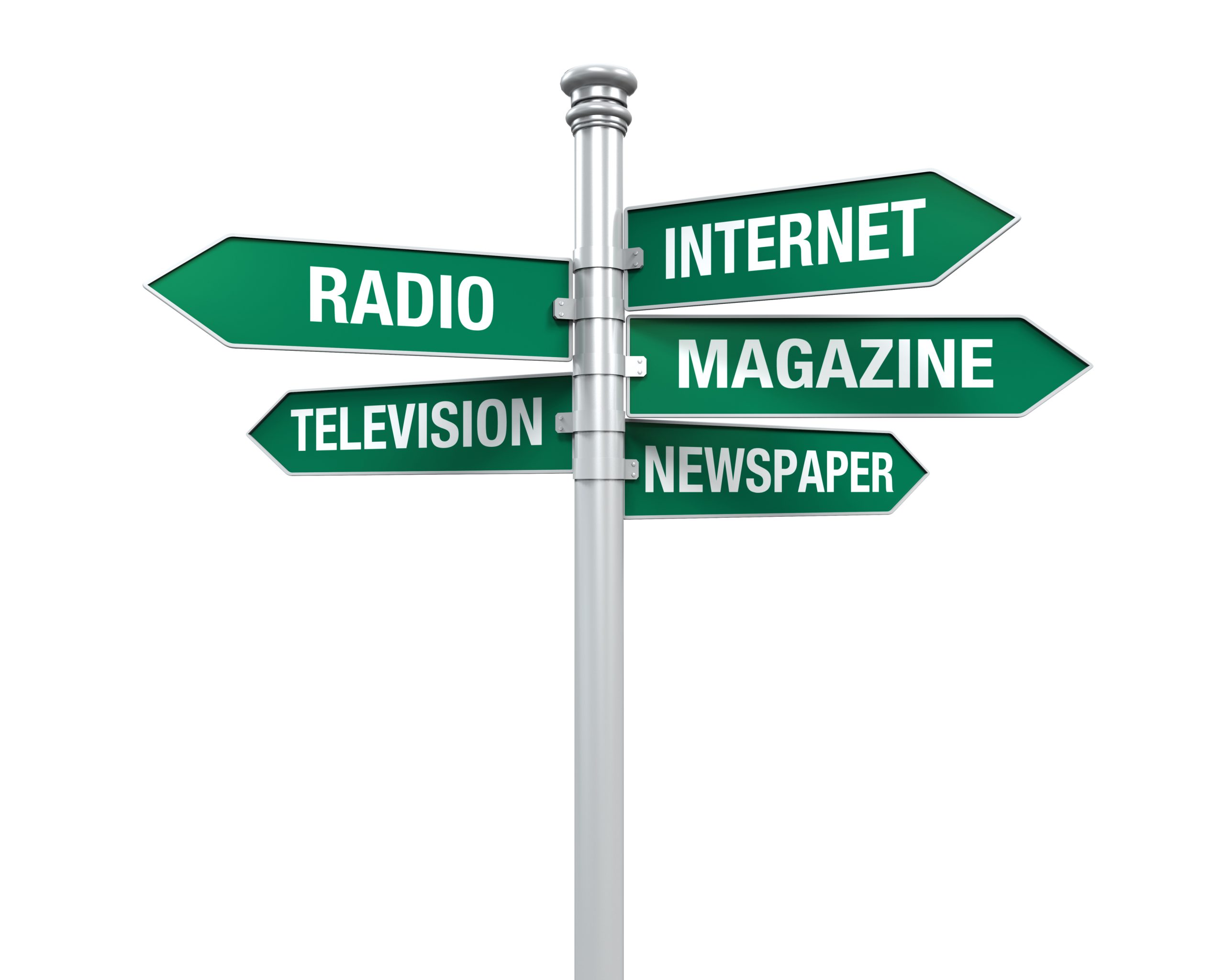In Part 2 of our “Press Perspectives” series, we look at differences in how TV, radio, and print/digital journalists operate, what they need from PR professionals, and how we can better support them.
While TV, radio, and print/digital news outlets share common challenges—misinformation, newsroom staffing, and AI—how they operate and prioritize stories varies. PR pros and organizations need to understand not just what to pitch, but how to pitch it depending on the outlet.
🎥 TV: Fast-Paced, Visual, Impact-Driven
CNY Central News Director Sean Carroll put the power of digital and social media amplification into perspective by saying: “We’re not a TV station anymore—we’re a multi-platform content center reaching a far wider audience than we ever did in the heyday of ‘local TV news.’”
✅ What this means for PR pros:
• Think video-first—if you’re pitching a story, strong visuals matter.
• Offer real people, not just spokespeople. “A key component of a compelling story is having a human face—someone relatable,” a local TV news reporter emphasized.
• Be prepared to be “seen” on TV—it’s surprising how many people don’t realize they’re going to be on camera when they agree to interviews! This is where Media Training can make a HUGE difference for your spokespeople and your organization’s overall reputation.
📻 Radio: Adapting to Digital, Focused on Storytelling
Radio isn’t just radio anymore. Dr. Chris A. Bolt Ed.D. of WAER summed it up: “We’re not a medium, we’re media.” The days of telling one story in one format are over—more radio stations are producing content for on-air, digital, podcasts, and social platforms. Jessica Cain from WRVO Public Media added, “The big thing (with radio) is being able to tell stories in a different way, such as being able to focus more on sounds than visual components.”
✅ What this means for PR pros:
• Audio matters—but so do visuals! Even for radio, photos or video help support a story.
• Stories with strong sound elements (compelling voices, natural sound) work best.
• Nonprofit and public stations may have longer lead times than TV to turn stories—so plan ahead.
📰 Digital & Print: Community-Driven, Expanding in New Ways
Maximilian Eyle, Executive Director of the Central Current, described their evolving role: “Our mission is to keep everyone informed, regardless of income or access.” This means that traditional reporting shouldn’t just be for those who can afford it; all readers should be engaged face to face through community events + partnerships.
✅ What this means for PR pros:
• Exclusive stories matter.
• Newsletters, news aggregators, and social platforms are key distribution channels—don’t assume a story lives only on a website.
• Local business growth remains a hot topic.
All journalists want compelling, relevant, well-prepared stories—but understanding how each unique newsroom works and each individual reporter’s preference can make all the difference in earning coverage. Learn more about our proven successful approach to public relations, and contact us to find out how you can improve your organization’s reputation with local news media.

